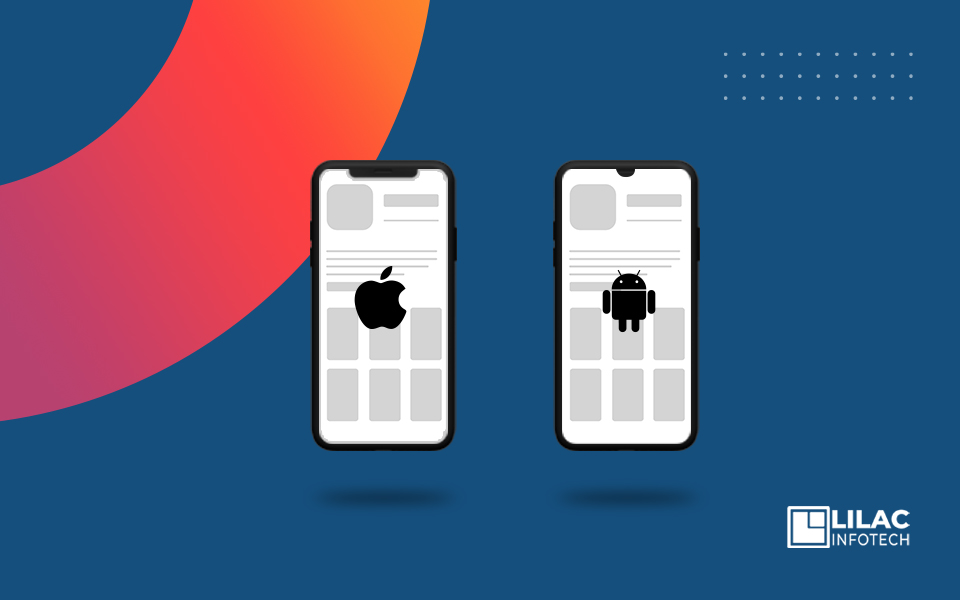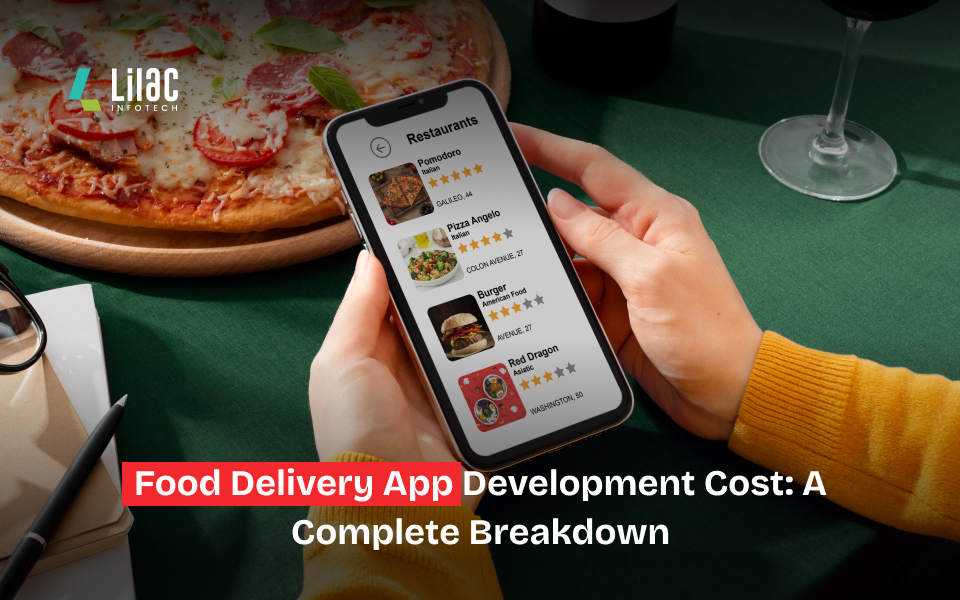
It was in the year 2015, designer Frances Berriman and Google Chrome engineer Alex Russell introduced the term "progressive web apps" to portray apps taking advantage of new features backed by advanced browsers, including service specialists and web app manifests, that let clients update web apps to progressive web applications in their native operating system (OS). In this blog, we’ll be discussing Progressive Web Apps.
A progressive web application (PWA) is a type of application software conveyed through the internet, built utilizing common web technologies counting HTML, CSS, and JavaScript. It is applicable to any platform that employs a standards-compliant browser. Functionality incorporates working offline, push notifications, and gadget hardware access, enabling creating user experiences comparable to native applications on desktop and mobile gadgets. Since a progressive web app could be a sort of webpage or website known as a web application, there's no necessity for engineers or clients to introduce the web apps by means of digital distribution systems like Apple App Store or Google Play.
For the past few years, we have come across various terms including Native App, Progressive apps, and so on. By the end of this blog, you will gain a fair amount of knowledge on what these terms are and their features. Native applications are known for being fantastically rich and reliable. They are present, on home screens, docks, and taskbars. Regardless of network connection, they work. They launch in their own standalone involvement. They can study and compose files from the local file system, access hardware associated through USB, serial, or Bluetooth, and indeed associated with information stored on your gadgets, like contacts and calendar events. In native applications, you'll be able to do things like taking pictures, see playing tunes listed on the home screen, or control melody playback while in another app. Native applications feel like a portion of the gadget they run on.
If the native apps and web apps are subjected to a comparison in terms of reach and capabilities, native apps rank top. But when the same comparison is made between native apps and progressive apps, we find that the reach gained by progressive apps are much smarter.
Progressive Web Apps (PWA) are built and improved with advanced APIs to provide native-like capabilities, reliability, and installability whereas coming to anybody, anyplace, on any gadget with a single codebase.
Core Progressive Web App - Top-rated features
- Starts fast, stays fast
- Works in any browser
- Responsive to any screen size
- Provides a custom offline page
- Is installable
Optimal Progressive Web App - Top-rated features
- Provides an offline experience
- Is fully accessible
- Can be discovered through search
- Works with any input type
- Provides context for permission requests
- Follows best practices for healthy code
Characteristics of PWA
Below discussing factors are the three major pillars that convert progressive Web applications into an experience that feels like a native application.
Capable
The internet is very competent in its own right today. For example, you can construct a hyper-local video chat app utilizing WebRTC, geolocation, and push notifications. You'll be able to make that app installable and take those conversations virtual with WebGL and WebVR. With the introduction of Web Assembly, developers can tap into other environments, like C, C++, and Rust, and bring decades of work and capabilities to the web as well. Squoosh. app, for instance, leverages this for its progress in image compression.
Reliable
A reliable Progressive Web App feels quick and reliable regardless of the network. Speed is basic for getting clients to utilize your involvement. In truth, as page load times go from 1 moment to ten seconds, the likelihood of a client bouncing increments by 123%. Execution doesn't halt after the "onload" occasion. Clients should never wonder whether their interaction - for illustration, clicking a button - was registered or not. Looking over and liveliness ought to feel smooth. Performance influences your whole involvement, from how clients see your application to how it really performs.
How to build Progressive Web Apps?
Discuss with us
Installable
Modern capabilities open up after a web app is installed. Keyboard shortcuts are usually saved when running within the browser, becoming accessible. Progressive Web Apps can enlist to acknowledge substance from other applications or to be the default application to handle distinctive sorts of files. When a Progressive Web App moves out of a tab and into a standalone app window, it changes how clients think about it and associated with it.
Progressive Web Apps are simply just web applications. Utilizing progressive improvements, modern capabilities are empowered in advanced browsers. Utilizing service workers and a web app manifest, your web application gets to be reliable and installable. In case the unused capabilities aren't accessible, clients still get the core experience.
Now let's see some statistics. Companies that have launched Progressive Web Apps have seen noteworthy outcomes. Twitter saw a 65% increment in pages per session, 75% more Tweets, and a 20% decrease in bounce rate, all whereas diminishing the estimate of their app by over 97%. By replacing the native desktop involvement with a Progressive Web App, Hulu saw a 27% increment in return visits. Progressive Web Apps give you a one of a kind opportunity to provide a web involvement your clients will adore.
Post a Comment
Recent Comments
One can not just create an account, log into Shopify and start selling the business as easy as the stories are heard. With exponentially rising business sector and the importance of online platforms to accelerate growth, Shopify has become as tough as its availability for the business. The business owners need to know the importance of quality and thus, it becomes considerably significant for everyone to hire Shopify developers to get an edge over others of generic equivalents.Click here best <a href="https://shopifydevelopmentservice.com/">psd to shopify services</a>



















This blog does a fantastic job of explaining why Progressive Web Apps (PWAs) have been such a game changer in 2020. The detailed breakdown of PWAs’ benefits, including improved performance, offline capabilities, and enhanced user experiences, really highlights their transformative impact on web development. I especially appreciate the real-world examples you’ve included, which illustrate how PWAs are reshaping user engagement and accessibility. The insights into how PWAs can bridge the gap between web and native apps provide a compelling case for their adoption. Overall, this post is both informative and forward-thinking, showcasing how PWAs are leading the charge in modern web technology. Great work in capturing the essence of this innovative trend!https://www.sparkouttech.com/web-app-development-agency-texas/